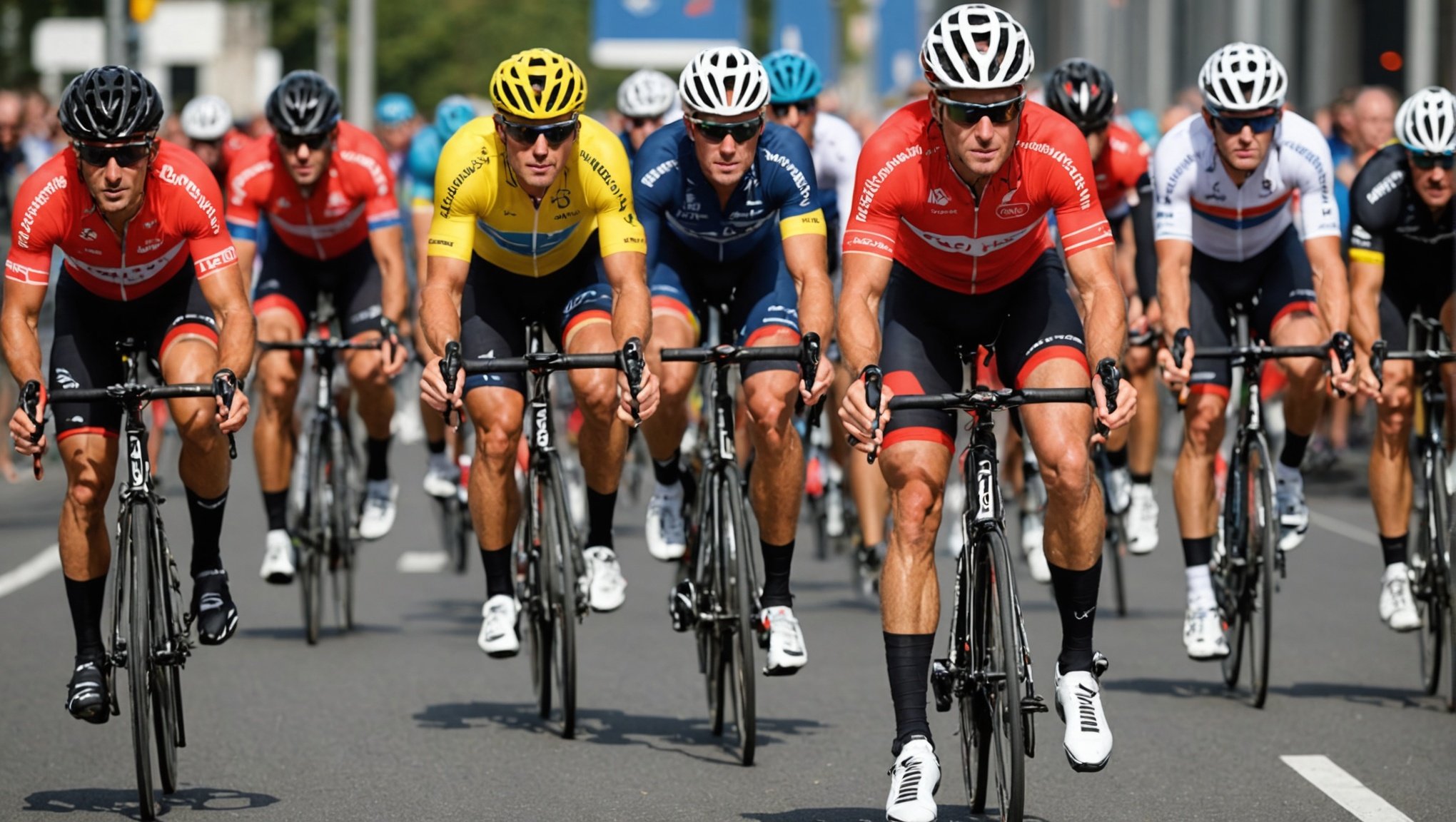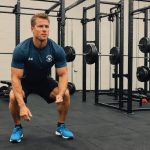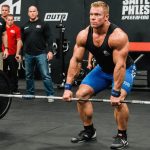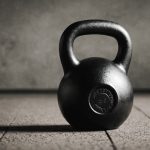Maximizing Training Efficiency: Strategies for Professional Cyclists Competing in Multi-Stage Races
Understanding the Basics of Efficient Training
When it comes to competing in multi-stage races like the Tour de France, professional cyclists need to optimize their training to achieve peak performance. This involves a deep understanding of how to balance training intensity, volume, and recovery.
Training Zones and Polarized Training
One of the key strategies is to adopt a polarized training approach. This method involves spending most of the training time in either very low intensity (Zone 1) or very high intensity (Zone 3) zones, while minimizing time in the moderate intensity zone (Zone 2). Research has shown that this approach can lead to greater gains in anaerobic power and overall performance[1].
Also read : Mastering Safe Lifting: Essential Techniques for Powerlifters to Avoid Injuries
For example, a typical week for a professional cyclist might include three to four high-intensity training sessions, such as interval training or hilly rides, and two to three easy spinning days. This balance ensures that the athlete is pushing their limits without overtraining.
Structuring Your Training Program
Weekly Training Schedule
A well-structured training program is crucial for endurance athletes. Here’s a sample weekly schedule that incorporates the principles of polarized training:
In parallel : Mastering the Lanes: Essential Technique Adjustments for Professional Bowlers Facing Diverse Conditions
- Monday: High-intensity interval training (Zone 3)
- Warm-up: 30 minutes easy spinning
- Intervals: 4-6 x 10 minutes at high intensity, with 5 minutes recovery between intervals
- Cool-down: 30 minutes easy spinning
- Tuesday: Easy spinning (Zone 1)
- 1-2 hours at a leisurely pace to aid in recovery
- Wednesday: Strength training
- Focus on lower body and core to enhance cycling performance
- Thursday: High-intensity hill repeats (Zone 3)
- Warm-up: 30 minutes easy spinning
- Hill repeats: 6-8 x 10 minutes at high intensity, with 5 minutes recovery between repeats
- Cool-down: 30 minutes easy spinning
- Friday: Easy spinning (Zone 1)
- 1-2 hours at a leisurely pace to aid in recovery
- Saturday: Long ride (Zone 2)
- 3-4 hours at a moderate pace to build endurance
- Sunday: Rest day or active recovery (e.g., a short, easy ride or cross-training)
Incorporating Long Rides
While long rides are essential for building endurance, they should not dominate the training schedule. According to Chris Carmichael, founder of CTS, very long individual training rides contribute minimally to overall fitness compared to focused, high-intensity training. However, long rides do offer experiential benefits such as learning how to pace, hydrate, and fuel properly[2].
Nutrition and Gut Training
The Importance of Carbohydrates and Fluids
Nutrition plays a critical role in cycling performance, especially during long and intense races. Professional cyclists need to consume significant amounts of carbohydrates and fluids to maintain energy levels and prevent dehydration. For instance, during an intense prolonged race, an athlete may need up to 90 grams of carbohydrates per hour and substantial fluid intake to keep dehydration within 2% of body weight[3].
Training the Gut
The gastrointestinal (GI) system can be trained to handle the high intake of carbohydrates and fluids required during races. This process, known as “training the gut,” involves gradually increasing carbohydrate and fluid intake during training sessions. Here are some steps to train your gut:
- Set Your Goal: Determine your carbohydrate and fluid needs based on the race duration and conditions.
- Assess Current Intake: Log your current nutrition intake during training sessions to understand your baseline.
- Gradual Increase: Gradually increase your carbohydrate and fluid intake over 5-10 weeks before the competition.
- Monitor Progress: Use apps or logs to track your intake and adjust as necessary.
- High-Carbohydrate Diet: Ensure your diet is high in carbohydrates, especially on training days.
Recovery and Strength Training
The Role of Recovery
Recovery is as crucial as the training itself. As athletes age, their ability to recover from intense workouts decreases. However, studies show that older cyclists can retain their aerobic power by incorporating more high-intensity workouts and allowing more time for recovery between hard sessions[1].
Strength Training
Strength training is vital for maintaining muscle mass and enhancing cycling performance. After the age of 55, cyclists encounter sarcopenia, the loss of muscle volume. Incorporating strength training 2-3 times a week can help mitigate this loss and improve overall performance.
Practical Insights and Actionable Advice
Time Management for Time-Crunched Athletes
For athletes with limited training time, it’s essential to focus on quality over quantity. Here are some tips:
- Focus on High-Intensity Training: Use the 80/20 rule, where 80% of your training is at low intensity and 20% is at high intensity.
- Incorporate Variation: Vary your training routine to include long rides, intervals, and strength training to minimize monotony and reduce the risk of overtraining[1][5].
User Stories and Coach Advice
Coaches and experienced athletes often share valuable insights. For example, an elite rider mentioned in an article never rides longer than 4 hours in one session, preferring to train in 3-4 day blocks to maintain quality and recovery[2].
Comparative Analysis: Professional vs. Amateur Training
| Aspect | Professional Cyclists | Amateur Cyclists |
|---|---|---|
| Training Volume | High volume with a focus on high-intensity training and recovery | Lower volume, often with less structured high-intensity training |
| Nutrition | Highly optimized nutrition plan including gut training | Less focused on specific nutrition needs, may not include gut training |
| Strength Training | Regular strength training to maintain muscle mass and enhance performance | Less frequent or structured strength training |
| Recovery | Prioritizes recovery with rest days and active recovery | May neglect recovery, leading to overtraining |
| Equipment and Support | Access to high-quality equipment, coaches, and support staff | Limited access to high-quality equipment and professional coaching |
| Time Commitment | Full-time commitment to training and racing | Part-time commitment, often balancing training with other responsibilities |
Maximizing training efficiency for professional cyclists competing in multi-stage races is a multifaceted endeavor. It involves a balanced training program with polarized training, focused nutrition and gut training, adequate recovery, and strength training. Here are some key takeaways:
- Polarized Training: Spend most of your training time in low or high intensity zones.
- Nutrition and Gut Training: Gradually increase carbohydrate and fluid intake to optimize performance.
- Recovery: Prioritize recovery to maintain performance and prevent overtraining.
- Strength Training: Incorporate regular strength training to maintain muscle mass.
- Time Management: Focus on quality over quantity, especially for time-crunched athletes.
By following these strategies, professional cyclists can optimize their training, enhance their performance, and achieve success in multi-stage races.
Additional Resources
For those looking to delve deeper into these topics, here are some additional resources:
- Webinar on Polarized Training: A detailed webinar on how to implement polarized training into your schedule.
- Google Scholar Articles: Research papers on the benefits of polarized training and gut training.
- Training Apps: Apps like EatMyRide and Carbohydrate Burn / Intake Balancer to help track and optimize nutrition intake.
- Coach Advice: Consult with experienced coaches who have worked with elite athletes to gain personalized insights.
By combining these resources with the strategies outlined above, cyclists can create a comprehensive training program that maximizes their performance and prepares them for the demands of multi-stage races.












